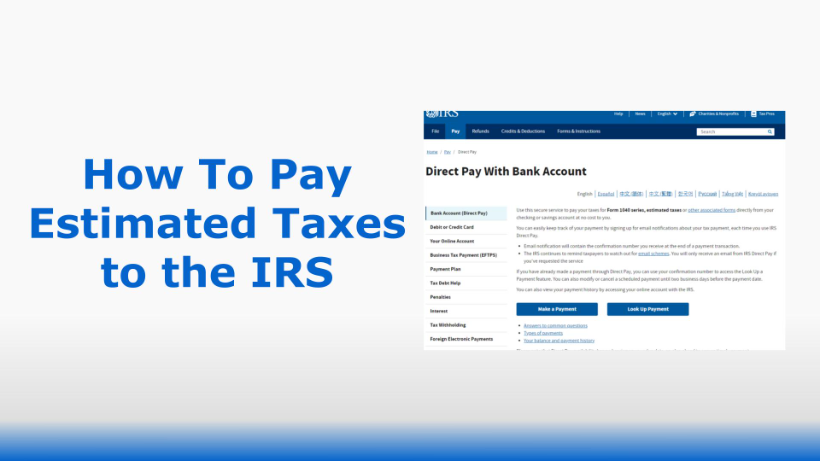Second and Additional Tax Extensions
Published:
For Individual Taxpayers
Up until tax year 2005, a taxpayer could file IRS Tax Form 4868 (Application for Automatic Extension of Time to File U.S. Individual Income Tax Return) and obtain a four-month automatic tax extension. An additional two-month tax extension could be obtained by completing Tax Form 2688.
However, effective beginning with tax year 2005, the Internal Revenue Service (IRS) modified Tax Form 4868 to allow for an automatic six-month extension of the original April 15 filing deadline.
RELATED: Income Tax Extensions Explained
With a tax extension, income tax returns are due on or before October 15 of the same year. This year, getting an extension means your due date to file will change from April 15, 2015 to Oct. 15, 2015.
Once you successfully request a tax extension, remember that you must file your tax return by the new extended deadline. If you miss the October 15 due date, you will be subject to IRS late fees, penalties, and interest. It is also important to note that you will not be allowed to request any further extensions.
The IRS does not grant second or additional tax extensions, with the exception of the following special instances:
Members of the U.S. Military — Members of the Armed Forces serving in a combat zone or contingency operation are eligible for additional tax extensions of up to six months. The tax extension begins once their deployment ends. Refer to IRS Publication 3 (Armed Forces’ Tax Guide) for information about requesting extensions and filing returns.
Taxpayers Living Outside the U.S. — Taxpayers who are U.S. Citizens or residents living outside the United States (and Puerto Rico) may qualify for a second tax extension if they meet certain requirements. The taxpayer falling into this classification must send a letter by the first tax extension deadline (Oct. 15) to request an additional two-month tax extension for filing their federal income tax return. For more information, see IRS Publication 54 (Tax Guide for U.S. Citizens and Resident Aliens Abroad).
RELATED: Tips for Filing a Late Tax Return
Tax Extension Forms
Additional types of tax extensions can be requested using the following tax forms, all which are available on the IRS website:
Tax Form 7004 (Application for Automatic Extension of Time to File Certain Business Income Tax, Information, and Other Returns) is used to request a five- or six-month extension for a business tax return.
Tax Form 1138 (Extension of Time for Payment of Taxes by a Corporation Expecting a Net Operating Loss Carryback)
Tax Form 2350 (Application for Extension of Time to File U. S. Income Tax Return) is designed for U.S. citizens and resident aliens abroad who expect to qualify for special tax treatment.
Tax Form 4768 (Application for Extension of Time to File a Return and/or Pay U. S. Estate (and Generation-Skipping Transfer) Taxes)
Tax Form 5558 (Application for Extension of Time to File Certain Employee Plan Returns)
Tax Form 8809 (Application for Extension of Time to File Information Returns — For Forms W-2, W-2G, 1042-S, 1097, 1098, 1099, 3921, 3922, 5498, and 8027)
Tax Form 8868 (Application for Extension of Time to File an Exempt Organization Return)
Tax Form 8892 (Application for Automation for Extension of Time to File Tax Form 709 and/or Payment of Gift/Generation-Skipping Transfer Tax)
For additional information on tax extensions and the various tax forms required, consult your tax preparer or accountant, or contact the IRS.



